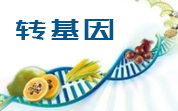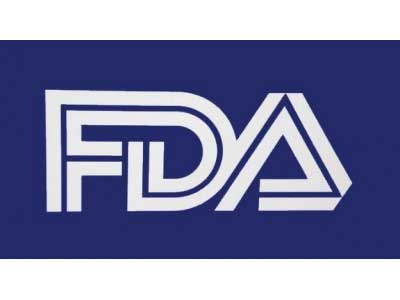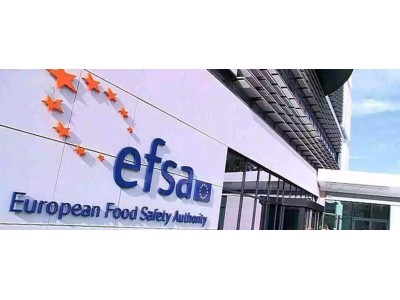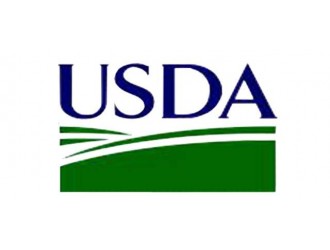食品伙伴网导读:根据 欧盟委员会的要求+�a href='//www.sqrdapp.com/news/tag_1671.html' class='zdbq' title='食品添加剂相关食品资�? target='_blank'>食品添加剁�/a>咋�a href='//www.sqrdapp.com/news/tag_1674.html' class='zdbq' title='食品营养相关食品资讯' target='_blank'>食品营养源添加小组到已被要求提供 番茄红素的每日允许摄入量(ADI)的 修正值以及欧洱�a href='//www.sqrdapp.com/news/tag_1647.html' class='zdbq' title='食品安全相关食品资讯' target='_blank'>食品安全局'�a href='//www.sqrdapp.com/news/tag_10.html' class='zdbq' title='EFSA相关食品资讯' target='_blank'>EFSA)和粮农组织/ 世界卫生组织联合食物 添加剁�/a>专家委员�?JECFA)之间关于番茄红素皃�a href='//www.sqrdapp.com/news/tag_475.html' class='zdbq' title='风险评估相关食品资讯' target='_blank'>风险评估分歧的声明、�br />
该小组的调查结论是:科学意见的分歧并不在于提供给欧洲食品安全局的番茄红素评价数据,而是一个关于一岁龄大鼠的AST和ALT水平的毒性相关研究解释的分歧� 该小组同意AFC小组对一岁龄大鼠的研究,以及无毒性反应剂量为50毫克/公斤体重、�br />
原文报道9�br />
Statement on the divergence between the risk assessment of lycopene by EFSA and the Joint FAO/WHO Expert Committee on Food Additives (JECFA)
Question number: EFSA-Q-2009-00895
Summary
Following a request from the European Commission, the Panel on Food Additives and Nutrient Sources added to Food has been asked to deliver a statement on the need for revision of the Acceptable Daily Intake (ADI) of lycopene and the divergence between the risk assessment of lycopene by the European Food Safety Authority (EFSA) and the Joint FAO/WHO Expert Committee on Food Additives (JECFA).
The European Commission especially asked EFSA to provide a statement on whether the opinion of JECFA is based on data that were not available to EFSA during its evaluation of lycopene and, in this case, whether a review of the EFSA opinion of 30 January 2008 was necessary. If this is not the case, EFSA is asked to explain this divergence of scientific opinions between the two risk assessment bodies, in order to allow DG SANCO to better defend any future risk management measures.
The ADI for lycopene of 0.5 mg/kg bw/day established by the Panel on Food Additives, Flavourings, Processing Aids and Materials in contact with food (AFC) in 2008 was based on a one-year rat study, in which elevated serum aspartate transaminase (AST) and alanine transaminase (ALT) levels were seen down to the intermediate dose of 50 mg lycopene/kg bw/day. The AFC Panel considered the effects on ALT and AST levels to be treatment-related. For the highest dose group of 250 mg/kg bw/day the increases in AST activity appeared reversible upon a 13-week treatment-free period, but the increases in ALT appeared to be only partially reversible after a 6- and 13-week treatment-free period. The AFC Panel considered the non-reversible effect on ALT as the effect on which to base the No-Observed-Adverse-Effect Level (NOAEL) for this study. Therefore, the AFC Panel concluded that the NOAEL of this study amounted to 50 mg/kg bw/day, a level where the effects on the AST and ALT levels were considered not toxicologically significant. Using an uncertainty factor of 100, an ADI of 0.5 mg/kg bw/day was established. This ADI was in line with the ADI established by JECFA in 2006.
In 2009 JECFA reviewed its opinion on lycopene and decided to revise the group ADI established and replace it with a group ADI ��not specified�� for lycopene from all sources when used as food colour. Hence, the previous group ADI of 0-0.5 mg/kg for lycopene has been withdrawn. The group ADI ��not specified�� applies to synthetic lycopene, lycopene isolated from the fungus Blakeslea trispora and lycopene extract from tomato that comply with the specifications, when used in accordance with Good Manufacturing Practice.
The JECFA evaluation also included the one-year rat study on which the EFSA ADI is based and describes the effects on AST and ALT. The Panel noted that the JECFA evaluation considered the elevated levels of AST and ALT not to be adverse because of the lack of concordance with other important measures usually associated with liver damage, such as increased organ weight and histopathology. The Panel noted that JECFA did not identify a NOAEL from this study, whereas the AFC Panel concluded that the NOAEL of this study amounts to 50 mg/kg bw/day, a level where the effects on the AST and ALT levels were considered not toxicologically significant. The Panel noted that the evaluation by JECFA only provides a very limited rationale for disregarding the effects seen on ALT and AST levels in the one year rat study.
The ANS Panel noted that the discrepancy between the EFSA and JECFA evaluation is mainly based on a diverging interpretation of the toxicological relevance of the effects seen on AST and ALT levels in the one-year rat study.
The Panel also noted that compared to the EFSA 2008 evaluation, the JECFA evaluation took into account an additional 28-day rat study (Jian et al., 2008), but since this study reveals a NOAEL of 200 mg/kg bw/day it is not the reason underlying the diverging outcome of the risk assessment.
The Panel concluded that the divergence of scientific opinions is not based on data that were not available to EFSA during its evaluation of lycopene, but rather to a diverging interpretation of the toxicological relevance of the effects seen on AST and ALT levels in a one-year rat study.
The ANS Panel agrees with the evaluation of the one year rat study by the AFC Panel, and the NOAEL of 50 mg/kg bw/day identified from that study based on a non-reversible increase in alanine transaminase (ALT) at the higher dose level.
Published: 19 July 2010











 地区9�/font>
地区9�/font>

 欧盟评估转基因玉米MO
欧盟评估转基因玉米MO
 欧盟评估一种麦芽糖淀
欧盟评估一种麦芽糖淀 美国拟撤销若干肉类叉�/a>
美国拟撤销若干肉类叉�/a> 鲁公网安� 37060202000128叶�/a>
鲁公网安� 37060202000128叶�/a>



